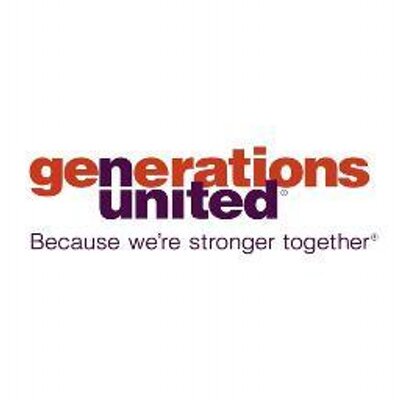A new study from Generations United, Family Matters: Multigenerational Living Is on the Rise and Here to Stay, finds that the number of Americans living in a multigenerational household with three or more generations has nearly quadrupled over the past decade, with a dramatic increase of 271 percent from 2011 to 2021 (7 percent vs. 26 percent). Generations United estimates 66.7 million adults ages 18+ in the U.S. are living in a multigenerational household; that’s more than 1 in 4 Americans. Among those living in a multigenerational household, nearly 6 in 10 (57 percent) say they started or are continuing to live together because of the COVID-19 pandemic. About 7 in 10 of those currently living in multigenerational household plan to continue doing so long-term.
The new study finds 66 percent of those living in a multigenerational household say the economic climate was a factor in their living arrangement. The top reported causes for forming their multigenerational household are the need for eldercare (34 percent), childcare/child education needs (34 percent), job loss/change in job status or underemployment (30 percent), healthcare costs for one or more family members (25 percent), cultural and family expectations (23 percent) and education/retraining expenses (23 percent).
The overwhelming majority of Americans living in a multigenerational home (98 percent) say their household functions successfully, citing various factors that contribute to the success, many of which fall into three categories further delineated in the report: family relationships and interactions, home design and supports and services.
The families also cite many benefits of living together, including:
- Enhanced bonds or relationships among family members (79 percent)
- Making it easier to provide for the care needs of one or more family members (79 percent)
- Improved finances for at least one family member (76 percent)
- Positive impacts on personal mental and/or physical health (76 percent)
- Making it possible for at least one family member to continue school or enroll in job training (71 percent)
Despite the successes and benefits, it’s not surprising that 75 percent note it can be stressful at times.
Access the full report and resources. Generations United. May 2021.

